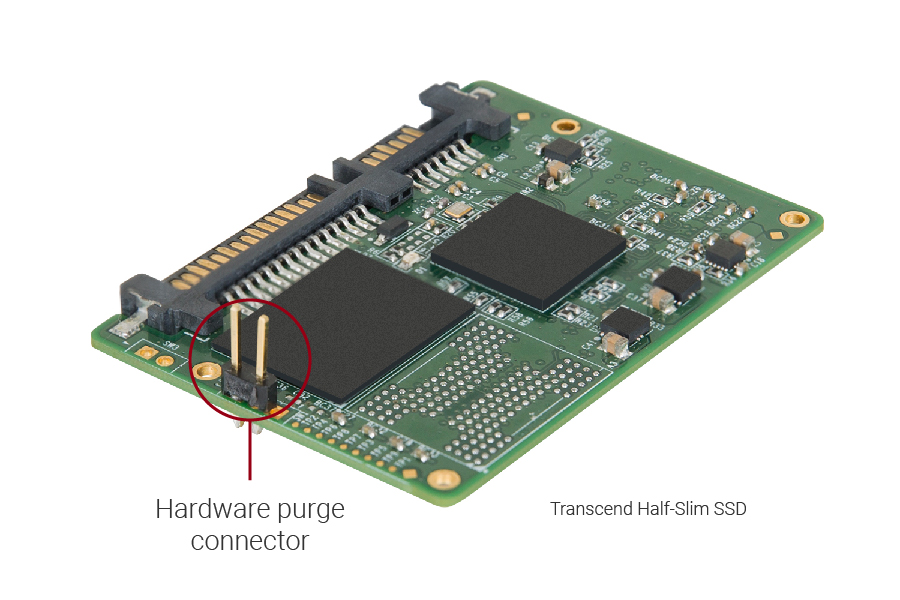If you want to know more about hardware components and its great features, don't miss the following article where you will find valuable information.

What are the hardware components? What is it and what is it used for?
After studying the technology, it has been found that there are two types of systems, the operational and the informational. For this reason, it is necessary to know in what way is each one differentiated from the other?
An operating system is one that manages and organizes all services or applications used on a computer, making them run correctly. This is software, it allows the operation of the computer and coordinates all its functions.
The information system, then, is that system that allows to save and process information; likewise, it is part of a set of related parties that are hardware and software. It allows any type of electronic device to be especially important in data management systems.
Information systems go through different phases, where numerous operational administrations are used that make up the subsystems where the physical and logical are. To make your understanding more technical, the physical is the hardware, and the logical, the software.
Hardware is what we know as the entire external part of a computer system, thus made up of the electromechanical components that make the circuits work efficiently. The hard parts that make it up protect all these circuits, and they are the ones that mainly structure a computer equipment.
For an information system to function properly, it is necessary that the hardware needs the software, because the logical part needs to be encoded within a shell that allows the tasks of the electronic system to be carried out, thus allowing the applications to execute their specific tasks.
The hardware of a computer is made up of an important unit known as the central processing unit that is in charge of processing each data from the fast working memory. Making them able to extract and maintain the elements of the software.
Where does the hardware come from?
The hardware is part of an important technological change where it was sought to have a vital element for the normal operation of a computer. Its evolution could be classified in several generations, in which its components are developed through the electronics of a computer.
It had been implemented initially with vacuum tubes, these are electronic components that modify an electrical signal through an empty space. In that space the electrons moved in the presence of special gases.
Later it was evolving so that the transistors and logic were in a discrete way, causing a much smaller implementation to be developed. Then he switched to one that was specially based on some electronic components in a single circuit.
In the last decades it is a bit more complex to be able to distinguish the new implementations, since their changes had been gradual and they maintain continuity, that is, they have sequences from those that had already been used previously.
For this reason, there are now circuits that are integrated even on a large scale, to be able to replace some materials that had not worked. Currently there are microprocessors making his invention one of the most successful on the market.
In addition, it is no less important to highlight the appearance of integrated circuits that did not imply the immediate change and rapid disappearance of the equipment that is based on the integration scales, for this reason many of these, in operation, have successfully integrated these works.
What are its characteristics of hardware components?
Hardware can be classified in different ways, since they are devices that allow the equipment to communicate with the outside, that is, to transmit information and data externally. For this reason, below we will show you its great characteristics.
One of the ways in which it can be classified is its categories, it is the main and the complementary one. The main one is the one that covers the entire set of components that are essential for the functionality of a computer, and the complementary one is those used to perform totally specific functions and are strictly necessary.
The most common way to classify hardware is based on its characteristics and function. The input is the one that covers any device that has an input of data that has been processed or analyzed so that, in this way, they are stored in the central memory of the computer.
The output function is like the input function, but, on the contrary, they have the purpose of delivering information to a user, that is, the one that sends physical information to users. A processing on the other hand is one that processes the information to be analyzed according to what has been granted.
Other important functionalities are those that allow you to store information that has been transmitted through a laptop, as well as a USB memory. Hybrids are those that mix input and output functions to receive all the data they export.
In its usability there are three vital forms that a hardware possesses, that is, the base, complementary and storage. The base is essential since it provides the minimum functionality of the computer, the complementary ones are used for specific functions, and the storage ones are to save the information that is on the device.
Some basic examples are that the base is the external thing like the monitor or mouse, the complementary cameras, scanner, printer or microphones and the storage ones would already be those like the hard disk.
And, so we get to its main components are nothing more than the motherboard, memory, power, battery, fan, ports, processors, data bus, readers, etc. If you liked the article, I invite you to read: Office applications What are they and what are they for? I know you will like it.
